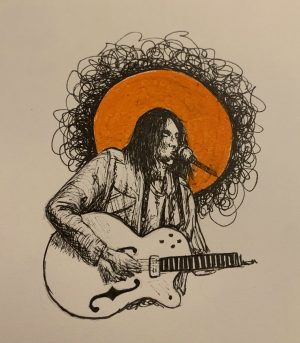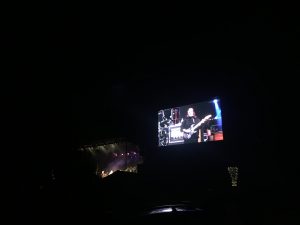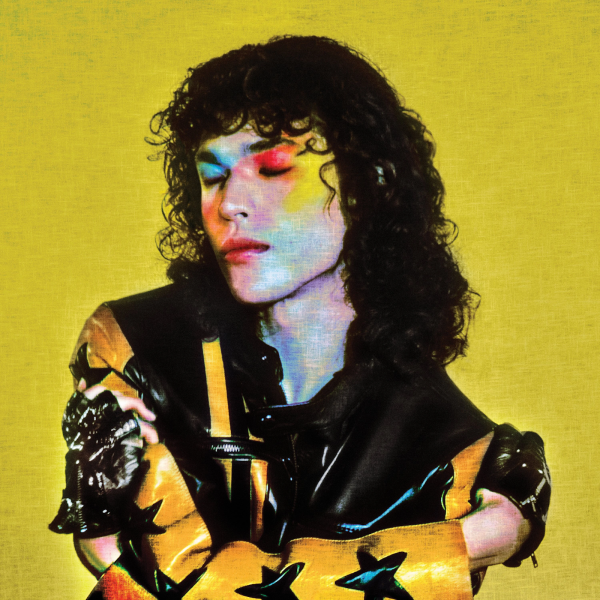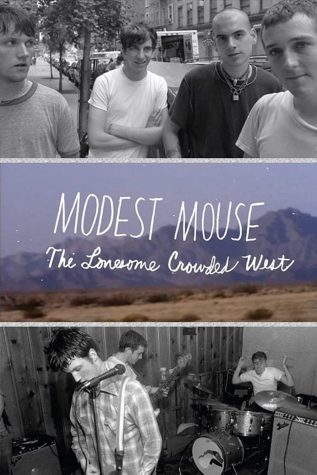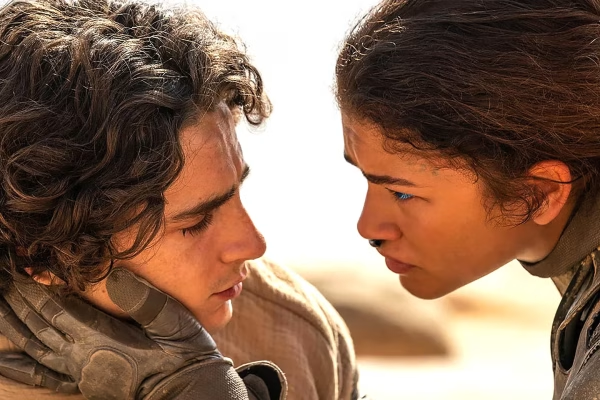Kid Cudi Returns to Earth with Man on the Moon III: The Chosen
The hip-hop pioneer delivers the long awaited final act to his acclaimed trilogy of albums.
The synth-laden hums of Kid Cudi’s 2009 debut Man on the Moon: The End of Day and its 2010 follow-up, Man on the Moon II: The Legend of Mr. Rager, rocketed him to stardom and injected the hip-hop genre with his spacey, conceptual sound.
Since then, Cudi has been seemingly less sure of his vision and vitality in the industry. As other rappers built huge careers off the psychedelic pop/hip-hop foundation he laid down, Cudi’s prowess faded. No longer a forerunner, Kid Cudi experimented, playing with deeper psychedelic sounds and even a double album of alt-rock songs, but these were not met with the enthusiasm of his groundbreaking early work.
Now, a decade since his debut and four years since his last solo album, Kid Cudi released Man on the Moon III: The Chosen to a music scene that he helped craft. The record’s richly intricate album art and intriguingly cryptic promotional videos lure his fans back with an air that Cudi finally has something he wants to prove: his artistry and his relevance.
The opening track “Tequila Shots” starts with spacey narration and quickly shoots into a typical trap groove spiced up by Cudi’s twinkling synth-work. Cudi’s lyrics are sincere and even though this sound is different for him, it does not feel like reaching. He rides the beat easy and his delivery stays confident. The same can be said for the next couple of songs, “Another Day” and “She Knows This” that both display Cudi’s secure footing in his evolved space. The back half of “She Knows This” reaches towards the psychedelia Kid Cudi is known for and hints where the record is heading.
It is the natural flow of Man on the Moon III that keeps me coming back to listen again. The way the tracklist subtly builds from the almost decidedly mediocre (but still enjoyable) pop-trap of the first half into the experimental hip-hop that colors the second is smart and compelling. In a world where many hip-hop albums fall into the infamous trap of becoming bloated and unwieldy, Cudi’s record is well designed for repeated listening and its layered sonic foreshadowing encourages and rewards the listener for it.
The album seems to truly arrive on “Mr. Solo Dolo III”, a follow-up to two other songs by the same name, that Kid Cudi created earlier in his career. It is also one of the best tracks on the album and indicates what he can accomplish within this new style. Cudi’s flow slithers unpredictably through the pounding rhythm and the siren-like synths orbit the stereo-image like planets around the sun. The catchy chorus delivers cool assuredness and disorienting ad-libs. He keeps this momentum going on “Sad People” which sports a sparser beat and more lyrical emphasis and reaches the same heights.
The waltz tempo and lullaby-like singing on “Elisie’s Baby Boy (flashback)” come from out of left field, but because of its originality, it succeeds. Although Cudi’s slightly sour singing and banal guitar playing make this a song I do not see myself coming back to often, it works mostly to further the loose conceptual narrative that Cudi tries to tell, which, I honestly didn’t really get.
The record is broken into four acts, presumably mimicking four sides of a double LP, and flows well to the end. Similar to the earlier installments of the Man on the Moon series, The storyline on The Chosen acts more-so as a funnel for transmitting Kid Cudi’s own thoughts on relationships, depression, fame, and family into song. It begs the question: why even have a narrative if it ends up so inconsequential? The structure is not even visible on music streaming services, which is the only place to hear the record (it has not been released in any physical form as of yet). It could be Cudi keeping with tradition by way of fan-service for those who’ve been waiting for this follow-up for the last decade or it could simply be the most effective creative strategy for him to get his brain on tape. Whatever it is, I did not enjoy these songs less because of my loose grasp on the plot.
The rest of the album stays solid. Particularly, standouts like “The Pale Moonlight” with its twangy, almost traditional Japanese sample and “Lovin’ Me” which features Cudi trading verses with singer Phoebe Bridgers work great within Cudi’s range. His singing sounds comfortable and confident on both these tracks. The only misstep is “Rockstar Nights” with rapper Trippie Redd which comes across as boring, pigheaded, and out of place. “4 Da Kidz” and “Lord I know” are both great songs, especially the latter where we can hear the reggae guitar sample get increasingly mutated as the beat builds. The hook and the chorus are well-composed and flavored by energetic and entertaining backing ad-libs. The irresistible swagger on this track makes it a great send-off to the album.
Kid Cudi may have been briefly forgotten within the genre he helped create, but with this record he proves that he is back. Though the album is not without its flaws, the best songs are some of Cudi’s finest work in a decade and as a whole, it is a satisfying and rewarding listen.
Your donation will support the student journalists of Burlington High School. Your contribution will allow us to purchase newsroom equipment and cover our annual website hosting costs.




